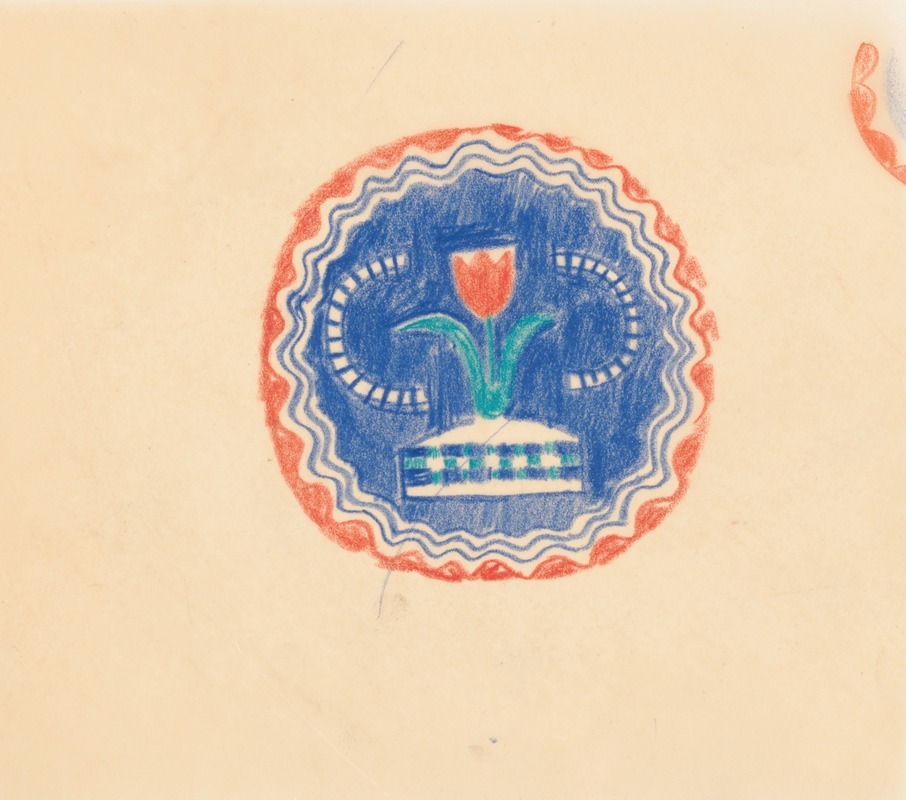
Miscellaneous small sketches for inlaid table tops.] [Design with blue and orange floral motif
A hand-painted replica of Winold Reiss’s masterpiece Miscellaneous small sketches for inlaid table tops.] [Design with blue and orange floral motif, meticulously crafted by professional artists to capture the true essence of the original. Each piece is created with museum-quality canvas and rare mineral pigments, carefully painted by experienced artists with delicate brushstrokes and rich, layered colors to perfectly recreate the texture of the original artwork. Unlike machine-printed reproductions, this hand-painted version brings the painting to life, infused with the artist’s emotions and skill in every stroke. Whether for personal collection or home decoration, it instantly elevates the artistic atmosphere of any space.
Winold Reiss was a German-American artist and designer known for his contributions to modern design and his unique approach to integrating various cultural elements into his work. Born in 1886 in Karlsruhe, Germany, Reiss immigrated to the United States in 1913, where he became a prominent figure in the American art scene, particularly noted for his portraits and interior design work.
Reiss's work often reflected a blend of European modernism and American themes, and he was particularly interested in the cultural diversity of the United States. He is well-known for his portraits of Native Americans and African Americans, which were groundbreaking at the time for their respectful and dignified representation of these communities.
The piece titled "Miscellaneous small sketches for inlaid table tops" with a "Design with blue and orange floral motif" is one of Reiss's many explorations into decorative arts. While specific details about this particular work are limited, it is consistent with Reiss's broader body of work, which often included designs for furniture, textiles, and interiors. His designs were characterized by bold colors, geometric patterns, and a synthesis of different cultural motifs, reflecting his interest in creating a modern American aesthetic that was inclusive of various cultural influences.
Reiss's approach to design was innovative for its time, as he sought to break away from traditional European styles and instead embraced a more eclectic and modern approach. His work in interior design and decorative arts often featured vibrant colors and patterns, which were intended to bring a sense of dynamism and modernity to everyday objects and spaces.
In addition to his work as a designer, Reiss was also an influential educator. He founded the Winold Reiss School of Art in New York City, where he taught a generation of artists and designers. His teaching emphasized the importance of understanding and appreciating different cultural traditions, which was a reflection of his own artistic philosophy.
Reiss's contributions to art and design were recognized during his lifetime, and his work continues to be celebrated for its innovative approach and cultural sensitivity. His designs for inlaid table tops and other decorative objects are considered important examples of early 20th-century modern design, showcasing his ability to blend artistic traditions in new and exciting ways.
Overall, Winold Reiss's work, including his sketches for inlaid table tops, represents a significant chapter in the history of American art and design, highlighting the potential for art to bridge cultural divides and create new, inclusive forms of expression.





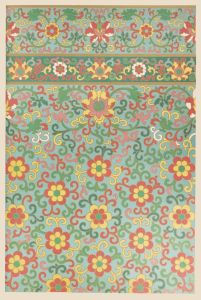
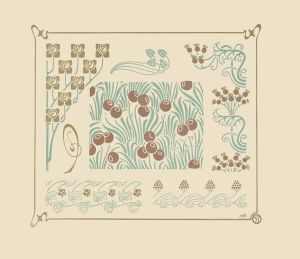
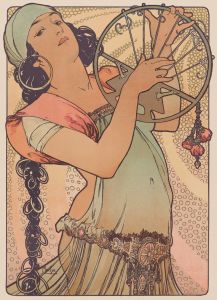

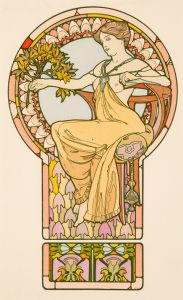
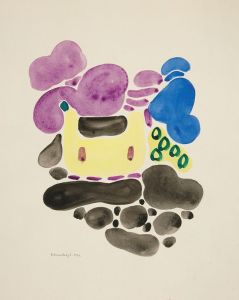
![Graphic design for Photo Engravers Convention, Chicago.] [Poster featuring cartoon-like storks](/imgs/249252/s/winold-reiss-graphic-design-for-photo-engravers-convention-chicago-poster-featuring-cartoonlike-storks-9f0255ed.jpg)
![Graphic designs for Longchamps Restaurants.] [Cocktail card](/imgs/249257/s/winold-reiss-graphic-designs-for-longchamps-restaurants-cocktail-card-a188d857.jpg)
![Designs for promotional material for opera singer Emanuel List.] [Drawing for brochure page](/imgs/249318/s/winold-reiss-designs-for-promotional-material-for-opera-singer-emanuel-list-drawing-for-brochure-page-3320265e.jpg)
![Designs for the Puck Theater , New York, NY.] [Exterior perspective study](/imgs/249327/s/winold-reiss-designs-for-the-puck-theater-new-york-ny-exterior-perspective-study-df16fd5a.jpg)
![Designs for unidentified restaurant interior, possibly Elysée restaurant, 1 East 56th St., New York, NY.] [Drawing of restaurant details](/imgs/249333/s/winold-reiss-designs-for-unidentified-restaurant-interior-possibly-elysee-restaurant-1-east-56th-st-new-york-ny-drawing-of-restaurant-details-5319cbfe.jpg)
![Graphic design drawings for Barricini Candy packages.] [3-D Study for 6 rectangular boxes](/imgs/249345/s/winold-reiss-graphic-design-drawings-for-barricini-candy-packages-3d-study-for-6-rectangular-boxes-2f81667e.jpg)
![Miscellaneous small sketches for inlaid table tops.] [Design with circular and geometric motif](/imgs/249433/s/winold-reiss-miscellaneous-small-sketches-for-inlaid-table-tops-design-with-circular-and-geometric-motif-3afe4da6.jpg)
